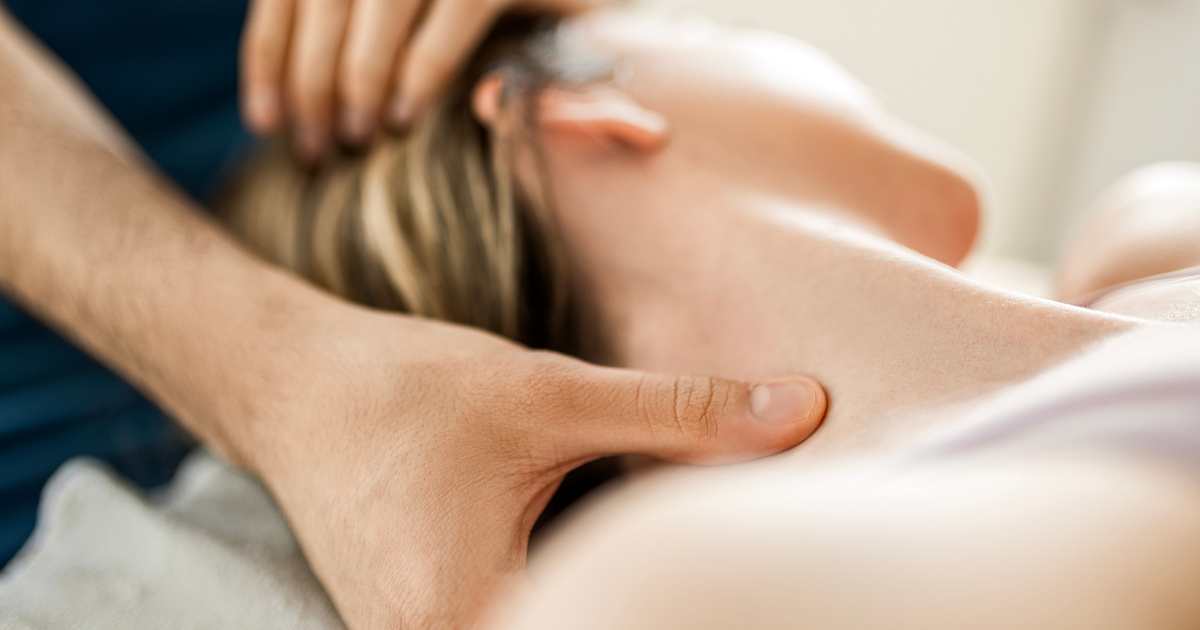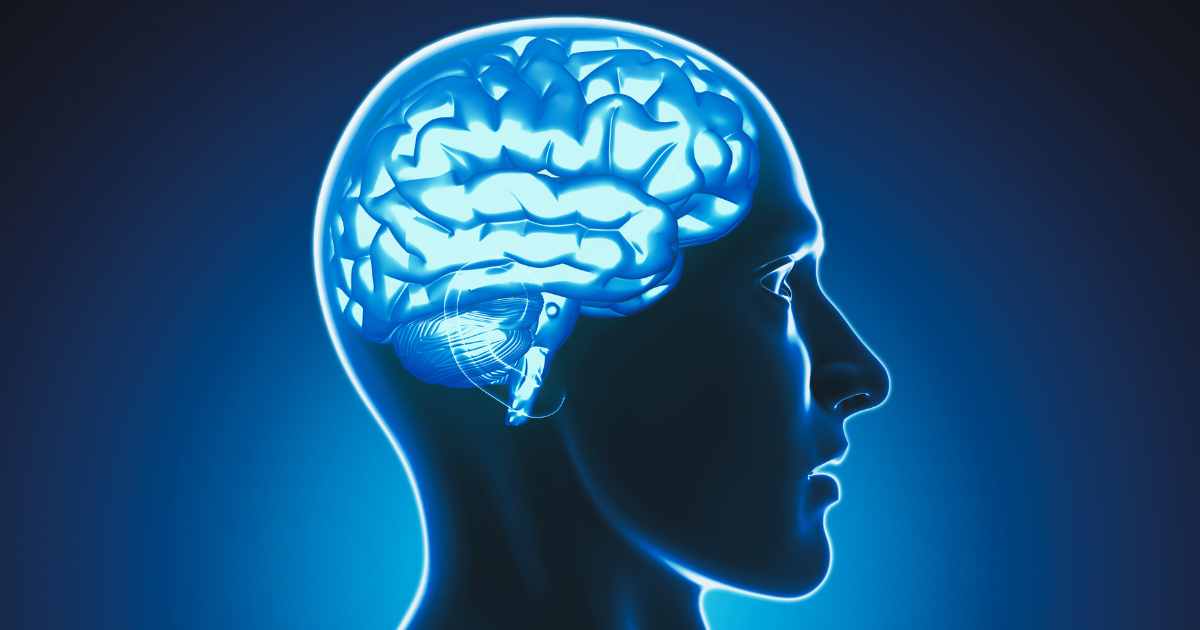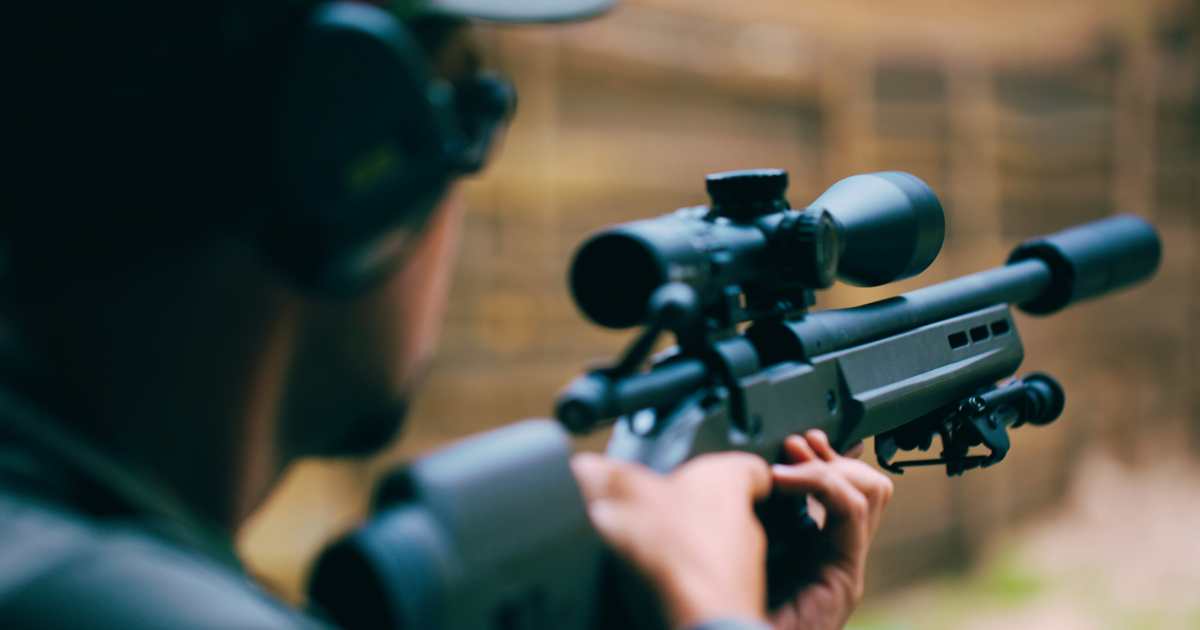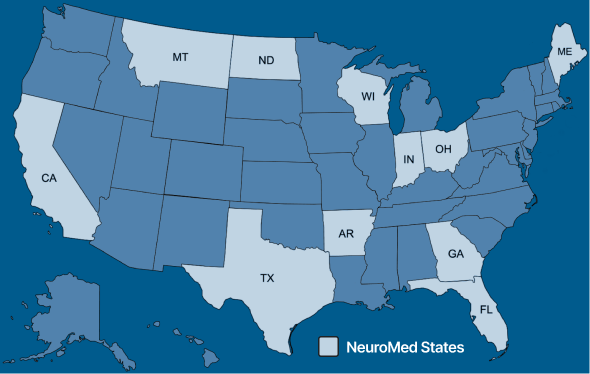Does White Noise for Tinnitus Work?
Yes, white noise is effectively used in tinnitus sound therapy to provide relief from the intrusiveness of tinnitus. How does it do this? And how should white noise for tinnitus be used? Here I cover to the following topics:
- Pink, Brown, and White Noise for Tinnitus
- What color noise is best for tinnitus?
- White Noise Machines for Tinnitus Symptoms
- Tinnitus Masking Devices
- Can white noise cause tinnitus symptoms?
- What is residual inhibition?
Introduction to Sound Therapy for Tinnitus
Tinnitus sound therapy involves the strategic use of external sounds, such as white noise or music, to provide relief from tinnitus. By introducing a consistent background noise like white noise, the brain is diverted from focusing on the constant ringing sounds in one or both ears.
In it’s most basic form, sound therapy involves creating a “noise-enriched environment”, and broadband sound like white noise is perfect for this. This helps increase relaxation, decrease anxiety, and find some peace from the ringing or buzzing sounds.
What is the goal of sound therapy for tinnitus?

The goal of sound therapy is not to “cure tinnitus” but to reduce its impact on an individual’s quality of life. Research consistently shows that incorporating sound treatments into everyday life activities leads to decreased tinnitus distress. This allows the brain to habituate to the high pitched ringing sound so that it fades into the background.
Habituation is a key concept in tinnitus retraining therapy (TRT), a type of therapy that combines structured sound with counseling. TRT is one of the most effective treatment options for people with long term tinnitus.
However, for lasting tinnitus relief, you need an integrative medicine approach that will help the brain to heal and reorganize itself, and for this, sound therapy alone often falls short.
"I learned more about my tinnitus in the intro call than from my doctor..."
– Alice Lee

Ready for relief? NeuroMed can help.
Pink, Brown, and White Noise for Tinnitus
Here are some definitions of colored noises that are frequently used for tinnitus sound therapy:
White Noise for Tinnitus
White noise is a broadband sound that contains all pitches (frequencies) of sound at an equal intensity. For this reason, it can be used for different forms of tinnitus sounds, from high-pitched ringing to low pitched buzzing. White noise reminds people of the soothing sound of rain and creates a constant background hum. White noise machines can provide a steady sound that can help mask tinnitus sounds in one ear or both ears, making them seem less loud.
What is pink noise for tinnitus?
Pink noise is broadband like white noise, but it reduces the intensity of higher pitches (frequencies) which causes it to seem more balanced and soothing. Some individuals find pink noise to be more gentle and pleasant, making it an alternative for tinnitus management. Often, people listen to pink noise at night to help with sleep issues.
What is brown noise for tinnitus?
Brown noise, also known as Brownian noise or “red” noise, is a type of random noise characterized by its specific pitches. It is named after the Brownian motion, a mathematical model that describes the random movement of particles in a fluid. Brown noise is often considered a deeper or lower-pitch variant of white noise. Some suggest that people with ADHD benefit from brown noise.
Customized Sound For Tinnitus
Platforms like BeyondTinnitus.com enable users to customize broadband noise files to match their specific tinnitus frequency. You can even take these masking files and combine them with your favorite music. This personalized approach enhances the effectiveness of sound therapy according to clinical trials conducted at my university clinic [1].
What color noise is best for tinnitus?
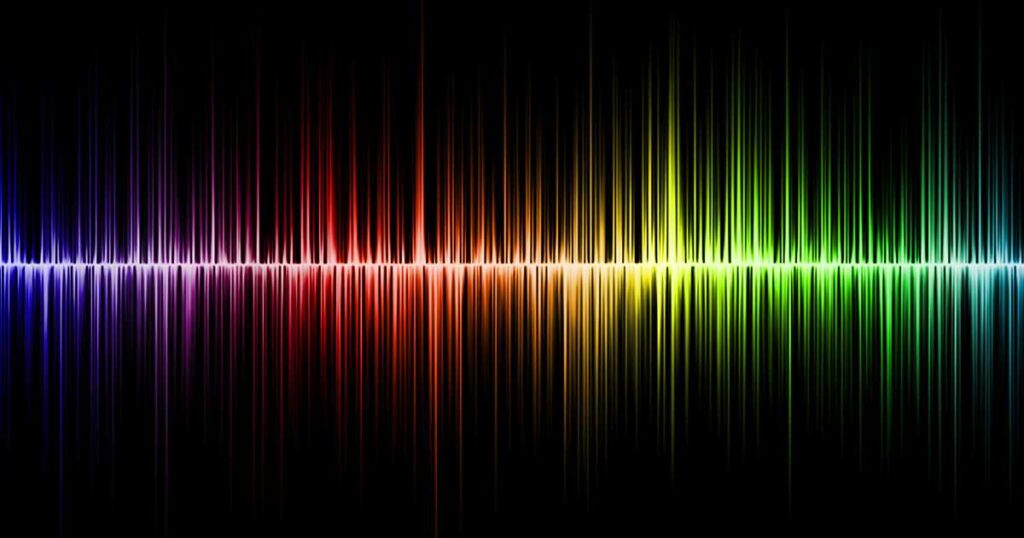
While any form of broadband noise proves effective when incorporated into tinnitus sound therapy, the choice of the most suitable noise often boils down to personal preference.
One research study looked at variations of sound color and their impact on tinnitus relief. In terms of effectiveness, there was no notable difference among different colors of sound. Interestingly, two-thirds of the participants expressed a preference for white noise over other types of broadband noise. Some participants favored brown noise, while none showed a preference for pink noise [2].
This highlights the subjective nature of individual responses to various noise colors in the context of tinnitus management. In the end, what’s important is to have sound options to create a noise-enriched environment and choose the best sound for your tinnitus.
Free White Noise for Tinnitus
The internet provides a wealth of resources offering free white noise for ringing ears. Various websites and applications provide access to a range of sounds, from white noise, to the rustling of leaves, to the rhythmic pattern of raindrops. While these free options offer accessibility, their effectiveness may vary from person to person. (See below for a link to free white noise on YouTube).
White Noise after Noise Exposure
There is some merit to using white noise as an acute intervention after exposure to loud or toxic noise. This could be from a loud concert, shooting a gun, or even from blast injury. The idea is that if you can partially mask the tinnitus sound in the acute period after noise-induced ear injury, your brain may not establish the neural connections responsible for sustained tinnitus as readily.
White Noise Maker for Tinnitus
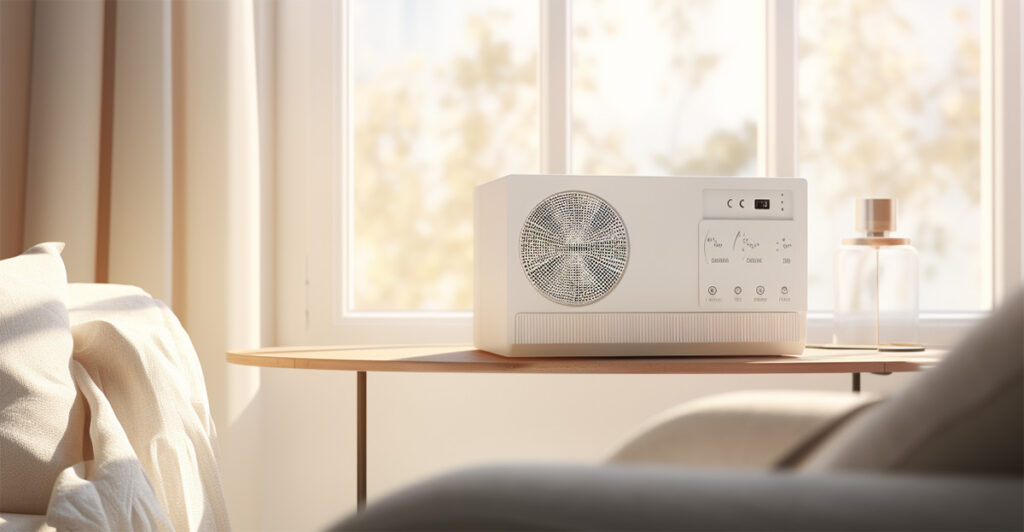
For a more personalized and consistent approach, white noise makers have gained popularity. White noise machines are designed to produce a continuous stream of white noise, allowing users to tailor the sound to their preferences. Whether at home or on the go, a white noise machine offer a portable solution for integrating tinnitus sound therapy into daily life.
Best White Noise Machine for Tinnitus Symptoms
Selecting the right white noise machine is crucial for maximizing its potential benefits. Numerous brands specialize in relaxation, offering features such as adjustable sound settings and portability. Most white noise machines will also offer other forms of tinnitus therapy sounds, such as nature sounds, ocean sounds, or fan-like noises.
Some white noise machines are designed to help with sleep. Many people say when their ears ring at night, it makes it hard to fall asleep. Having sound machines that you can program to turn off once sleep kicks in can be very helpful. This feature can increase your sleep quality and help any underlying health condition related to sleep. Good sleep is critical for tinnitus relief.
White Noise for Tinnitus on YouTube
YouTube has become a treasure trove of structured sound content, with some audio files being longer than 10 hours continuously. Various channels curate playlists featuring white, pink, and brown noise variations, providing users with exposure to a diverse array of auditory experiences.
The accessibility of these resources makes them a convenient option for those seeking relief from their tinnitus symptoms. Further, it’s much cheaper than buying a white noise machine.
Here is a sample of white noise on a feedback loop that is free on youtube.
Tinnitus Masking Devices
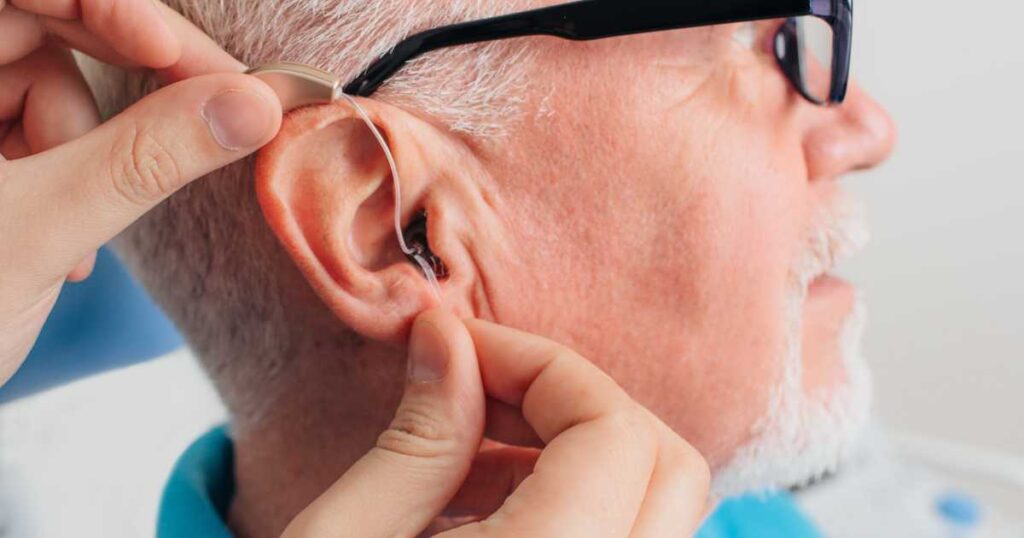
Dedicated tinnitus masking devices, commonly known as maskers, are engineered to produce sounds that help mask or cover up the perceived tinnitus noises. A basic model would be a white noise tinnitus masker. However, most advanced models often allow for customization, enabling users to adjust the amplification of the white noise to conform you your hearing profile.
Tinnitus masking devices often deliver white noise through an ear-level device that looks like a hearing aid, rather than through headphones. The disadvantage of these ear level devices is their cost, which is usually $1000 or above. Further, you typically need to visit a medical professional like an audiologist to get one.
For people with conditions like age related hearing loss, you can get a hearing device that also act as a tinnitus masker. Combination hearing aids can be expensive, are only appropriate if you have hearing loss associated with your tinnitus, and require that you see an audiologist for fitting.
Can White Noise Cause Tinnitus Symptoms?
Current knowledge suggests that there is no evidence to support the idea that white noise causes tinnitus. In fact, for many individuals, white noise serves as a valuable tool in managing the symptoms of existing tinnitus. However, if played loud enough, white noise (like any other noise) can cause damage to the inner ear.
Additionally, some patients with sensitivity to loud noises or noisy environments may find that their tinnitus temporarily increases after listening to masking sound files. These individuals are typically good candidates for the NeuroMed treatment, because sound sensitivity is seen in those that suffer from a migraine-like process in the brain, and we’re experts at treating this.
Finally, there is one effect that may temporarily cause tinnitus to sound louder after listening to broadband masking sounds called the “rebound effect”. To understand this, you have to understand the concept of residual inhibition.
What is residual inhibition?
Residual inhibition describes a temporary reduction in tinnitus symptoms that lasts after masking file treatments are turned off. It typically only lasts for 1-5 seconds, but for some people it can last up to an hour. How does this work?
In its most basic form, tinnitus can be described as hyperactivity of hearing nerves after there has been damage to the hair cells of the inner ear. When inner ear hair cells die from any number of causes, the nerves that connect to them are still alive. Instead of going dormant, they actually increase their firing rate. This sends a signal to the hearing center of the brain (auditory cortex), making it seem like there is some kind of sound (ringing). So, instead of hearing silence with hearing loss, we paradoxically hear ringing.
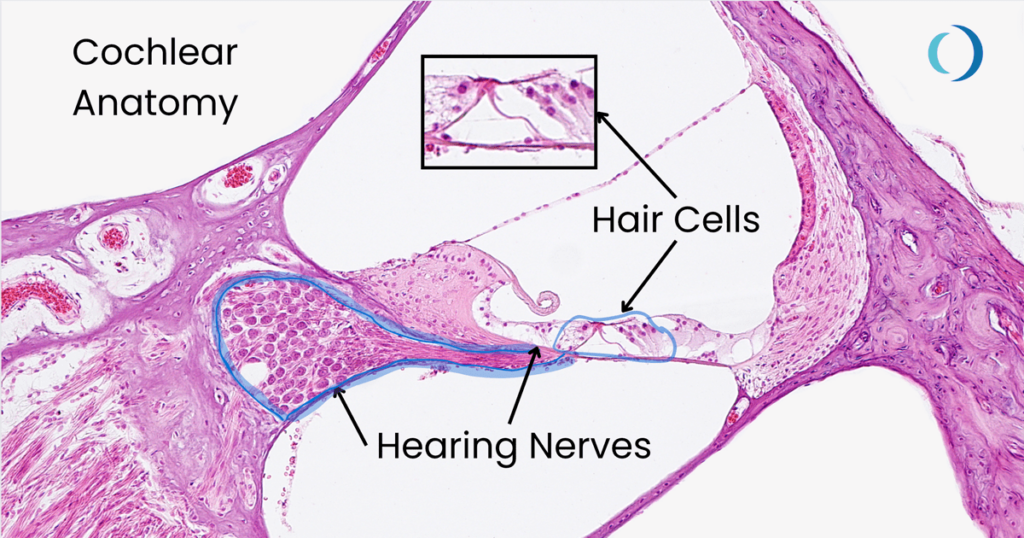
When the brain is exposed to white noise for tinnitus, it actually suppresses hearing nerve hyperactivity. So we’re not just “masking” the tinnitus with white noise, we’re calming it down. Researchers then learned that after listening to broadband sound, there’s a brief period when the silence (decreased nerve hypersensitivity) after the masking sound is turned off. This is called residual inhibition.
Residual inhibition occurs in 80% of people with tinnitus. Importantly, the length of residual inhibition is proportional to the time you spend listening to the masking sound. That’s why most sound therapy programs call for a minimum of 1-2 hours of masking sound exposure.
The rebound effect described above is the relative increase in tinnitus sound after residual inhibition ends. The tinnitus is not really louder, it just seems that way because the nerve was calmed down while you were listening to the masking sound.
Conclusion: White Noise for Tinnitus Relief
White noise for tinnitus is not a cure, but it’s one of the most important natural tinnitus treatments available. The effectiveness of broadband sounds varies from person to person, and a personalized approach to finding the most suitable auditory therapy is essential.
As technology continues to advance, the integration of white noise into hearing aids or devices with multiple sound options holds promise for tinnitus sufferers. The key thing to understand about white noise for loud, ringing ears is that it’s only one part of a comprehensive approach to achieve lasting tinnitus relief. This is consistent with the integrative medicine approach we use for our tinnitus patients at NeuroMed.
White Noise For Tinnitus References
- Mahboubi H, Haidar YM, Kiumehr S, Ziai K, Djalilian HR. Customized Versus Noncustomized Sound Therapy for Treatment of Tinnitus: A Randomized Crossover Clinical Trial. Ann Otol Rhinol Laryngol. 2017 Oct;126(10):681-687. doi: 10.1177/0003489417725093. Epub 2017 Aug 23. PMID: 28831839.
- Barozzi S, Ambrosetti U, Callaway SL, Behrens T, Passoni S, Bo LD. Effects of Tinnitus Retraining Therapy with Different Colours of Sound. Int Tinnitus J. 2017 Dec 1;21(2):139-143. doi: 10.5935/0946-5448.20170026. PMID: 29336133.



